What Are The Elements in a Negligence Action?
Gould & Jefferson of Beverly Hills is a personal injury firm that has recovered millions in dollars for our clients. We are Personal Injury Lawyers in Los Angeles who are compassionate about what we do and as a result, we ensure that you are being treated by the best doctors, are receiving adequate communication, and ultimately receiving maximum compensation. This article for personal injury is intended for informational purposes only and is not intended to be legal advice. Please call our office to speak with a lawyer regarding your potential case. (310) 899-9529. Below are the 4 elements that are necessary for a successful negligence action.
Proving Negligence in a Personal Injury Claim
To establish liability in a personal injury claim, the Plaintiff must prove that the at-fault Defendant was negligent and caused damages or injuries. Negligence can occur when another person’s actions fall short of that of an objectively reasonable person. In general, drivers in California have a duty to the safety of others that are also on the road.
The four main elements in a negligence action are as follows:
DUTY
The Plaintiff must prove that the at-fault Defendant owed them a duty to care. A duty is generally owed when the at-fault Defendant is engaging in risk creating activity. The standard is usually what a reasonable person would have done in similar circumstances. In other cases, a relationship may exist between the two parties, where one owes a legal obligation to another.
BREACH
The Plaintiff must prove that the at-fault Defendant breached their duty to act. Breach is often proved when an individual fails to act in a reasonable manner or chooses not to act at all where a duty is required. For example, an at-fault driver can breach their duty by speeding or violating California law by driving under the influence.
CAUSATION
The breach of duty must have caused the damages and/or injuries to the Plaintiff. These injuries can include physical and emotional harm. The action of the at-fault Defendant must be a substantial factor, defined by California law, to show actual and proximate cause of the injury or damage. The at-fault Defendant should have foreseen the harm and be the sole reason for the damages and/or injuries.
DAMAGES
The Plaintiff must have suffered monetary loss or injury due to the breach of duty of care. Damages do not necessarily have to be physical injury, but can also be emotional distress, damage to any property, lost income or potential earnings, medical expenses, and any other damage that can be calculated.
If you have been injured or have suffered damages, we recommend contacting a personal injury attorney immediately.
At Gould & Jefferson of Beverly Hills, we have the ability to assist with personal injury cases and the compassion necessary to help you through the pain that you have endured. Our firm has recovered millions of dollars for our clients and we will fight for you or your loved ones until we obtain the recovery that is deserved. Call us at (310) 899-9529 and let our team get started for you right away.
Written by Gabriella Sole

